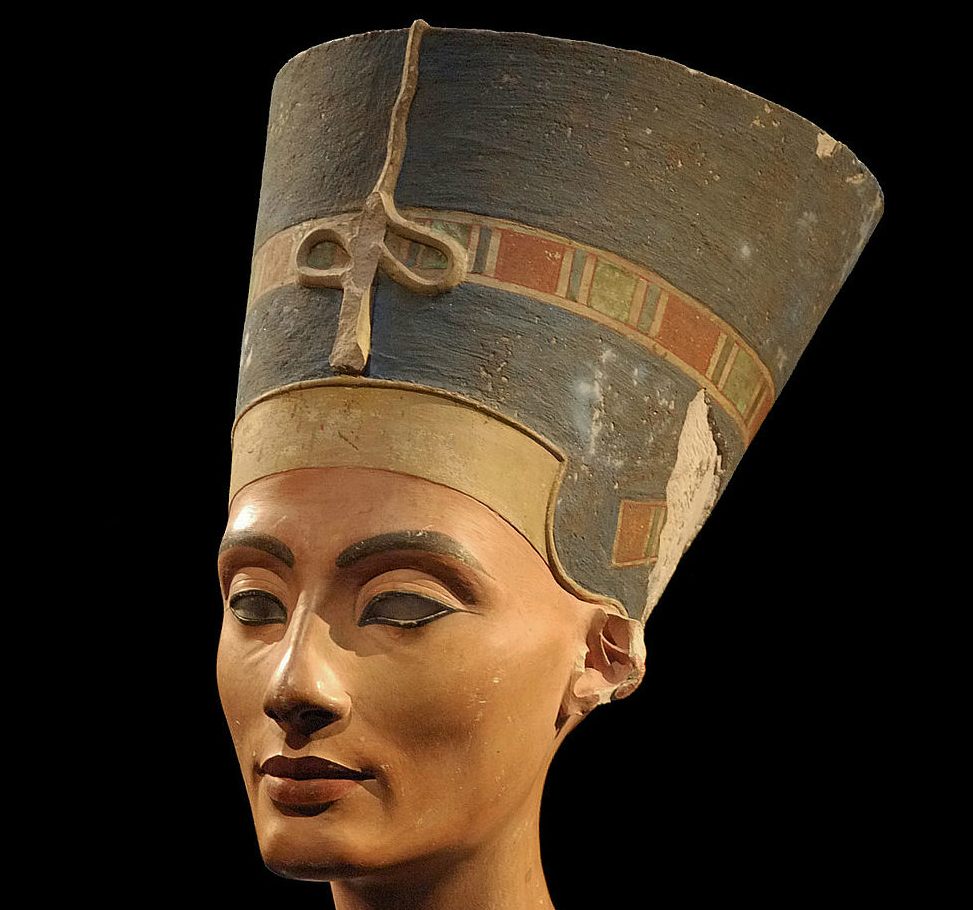Scientists Say Egypt is in Denial Over Hidden Rooms in King Tut’s Tomb
It’s getting heated.

A bust of Queen Nefertiti. (Photo: Philip Pikart/CC BY-SA 3.0)
Scientists said earlier this year that they had found some secret rooms in Tutankhamen’s tomb. What could they contain? A popular theory was the tomb of Queen Nefertiti. But other scientists later said that there was good reason to doubt the claims, which were based on scans.
Now, the situation has gotten a little bit uglier. A team of radar technicians performed a second, more detailed set of scans on the tomb earlier this year, and sent their results off to Egypt’s ministry of antiquities. But the government now has refused to release their findings, and scientists are beginning to cry foul, according to the Guardian.
What could the government be hiding? Perhaps, the scientists say, the hidden tombs don’t exist at all. The first scans have also been called into question, after Hirokatsu Watanabe, the Japanese radar specialist that performed them, refused to release raw data associated with the scans because, he said, no one else could understand it except for him.
“My understanding is that the Egyptians are in a state of denial about this,” one unnamed scientist told the Guardian (even science reporting apparently requires anonymous sources sometimes). ”They are freaking out, and it has become politically toxic. When you’re the in the middle of a situation in which people are being purged because of their position on this, then scientists should back off and let the politics take its course. We have left the realm of science.”
The Egyptian government has so far refused to address the issue, but scientists quoted in National Geographic, which organized the second round of radar scans, said flatly that the rooms aren’t there.
“If we had a void, we should have a strong reflection,” Dean Goodman, who analyzed some of the scan data, told National Geographic, referring to his analysis. “But it just doesn’t exist.”
The hunt for Nefertiti, in other words, is still on.









Follow us on Twitter to get the latest on the world's hidden wonders.
Like us on Facebook to get the latest on the world's hidden wonders.
Follow us on Twitter Like us on Facebook